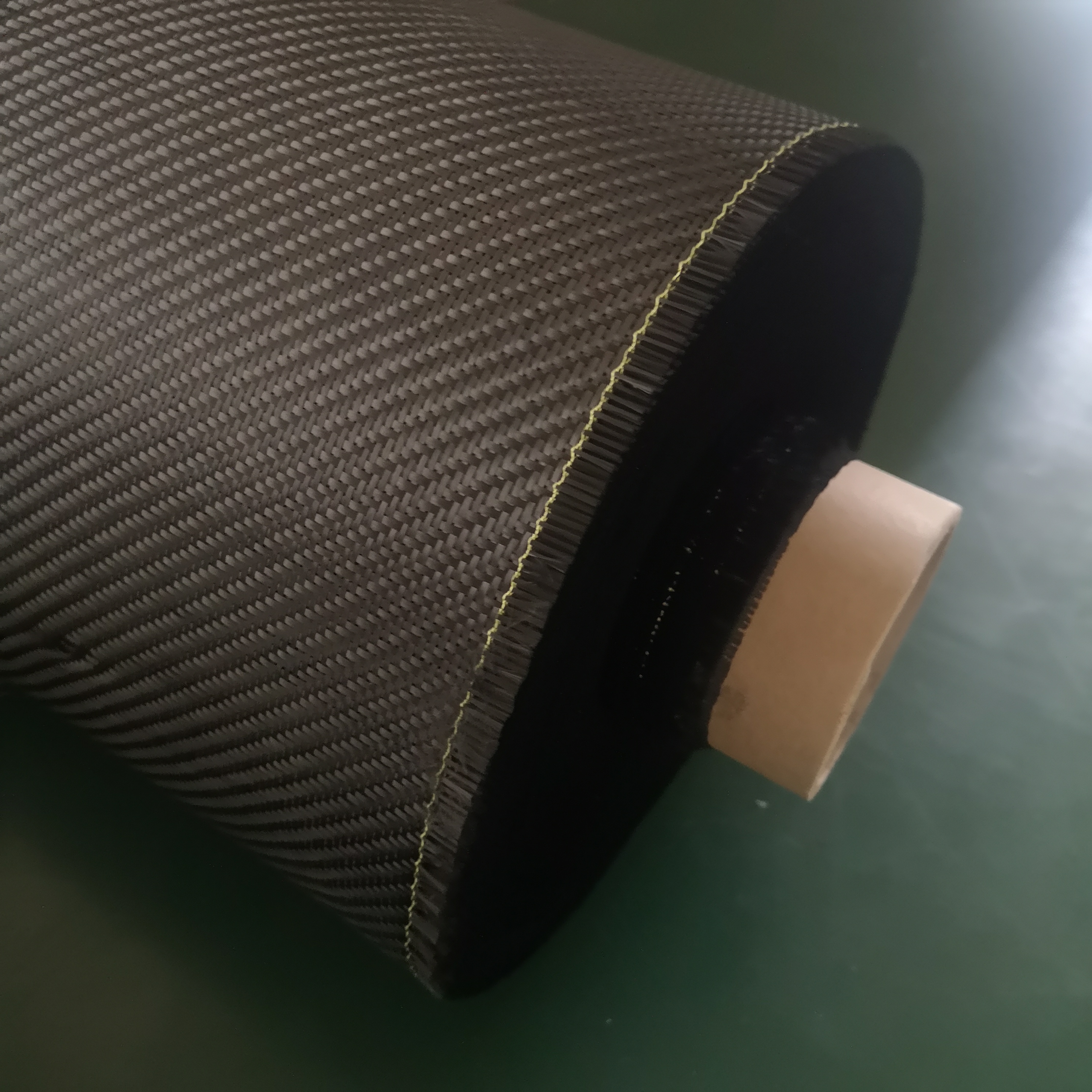
In the realm of sports equipment, the quest for materials that offer superior strength, durability, and lightweight properties has led to significant innovations. Among these, carbon fabric stands out as a transformative element that has reshaped the manufacturing and performance of sports gear. This article delves into how carbon fabric effectively enhances the performance of sports equipment across various disciplines.
Revolutionizing Sports Equipment with Carbon Fabric
Carbon fabric, with its remarkable strength-to-weight ratio, has become a cornerstone in the development of high-performance sports equipment. Its integration into products ranging from bicycles to tennis rackets has not only reduced the overall weight but also improved the equipment's responsiveness and durability. The use of carbon fabric in crafting these items results in athletes experiencing enhanced control, speed, and precision in their respective sports.
Enhancing Durability and Performance
The inherent qualities of carbon fabric, such as its resistance to impact and environmental factors, make it an ideal choice for sports equipment that demands high durability. For instance, in the world of competitive cycling, carbon fabric frames offer an unparalleled blend of lightness and strength, allowing cyclists to achieve optimal performance. Similarly, in water sports like kayaking and rowing, equipment made with carbon fabric provides improved maneuverability and speed, owing to its lightweight and robust characteristics.
Improving Precision and Control
Carbon fabric's ability to be molded into complex shapes while maintaining structural integrity is a boon for sports that require equipment with precise dimensions and profiles. In golf, for example, clubs made with carbon fabric are not only lighter but also offer better swing accuracy and control. This precise engineering enabled by carbon fabric translates into better performance outcomes for athletes, as they can achieve greater consistency and effectiveness in their sport.
The Future of Sports Equipment with Carbon Fabric
The potential of carbon fabric in revolutionizing sports equipment is far from fully realized. Ongoing research and development are continually uncovering new ways to leverage this material for even greater performance enhancements. As technology advances, we can expect to see carbon fabric being used in more innovative ways, further pushing the boundaries of what is possible in sports equipment design and functionality.
In conclusion, carbon fabric has significantly impacted the sports equipment industry by offering improvements in strength, weight reduction, durability, and precision. Its versatile properties have made it a preferred choice among manufacturers seeking to provide athletes with the edge they need to excel. As we look to the future, the role of carbon fabric in sports innovation appears both promising and indispensable.















